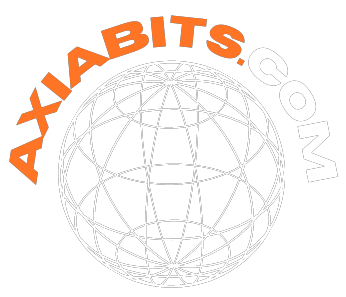Integrating ShipStation and Webflow can significantly streamline your eCommerce order fulfillment and shipping process, saving you time and effort. This quick and easy guide will show you how to integrate ShipStation and Webflow in just 2 minutes.
Table of Contents
Following these simple steps, you can seamlessly sync your Webflow orders into ShipStation, allowing for efficient management and shipping of your eCommerce orders. Say goodbye to manual data entry and hello to a smoother workflow with this seamless integration. Let’s get started and integrate ShipStation and Webflow in no time!
Step-By-Step Guide Connect a Webflow to ShipStation
To connect a Webflow store to ShipStation, follow these steps:
- Sign in to your ShipStation account using your login credentials.
- On the ShipStation dashboard, click on your account name or profile picture in the top-right corner.
- From the dropdown menu, select “Account Settings.”
- In the Account Settings page, navigate to the “Selling Channels” tab.
- Scroll down until you find the Webflow logo under the “Marketplaces & Stores” section.
- Click on the “Connect” button next to the Webflow logo.
- A new window will open, prompting you to log in to your Webflow account. Enter your Webflow login credentials and click “Sign In.”
- You will be asked to permit ShipStation to access your Webflow account. Review the requested permissions, and if you agree, click “Allow.”
- After granting access, ShipStation will establish the connection with your Webflow store.
- Once the connection is established, you will see a success message, and your Webflow store will be listed under the “Selling Channels” section in your ShipStation account settings.
Congratulations! You have successfully connected your Webflow store to ShipStation. Now, you can automate your order fulfillment and shipping workflow, saving time and streamlining your eCommerce operations.
Also, See This: How to link to a section within another page in Webflow
Advanced Features and Customizations
You can explore advanced features and customizations as you become more comfortable with the integration.
Exploring advanced features available through ShipStation integration
ShipStation offers advanced features like batch shipping, inventory management, and automation rules. Take advantage of these features to further optimize your shipping process.
Customizing shipping options and preferences based on business needs
Tailor your shipping options and preferences based on your business requirements. ShipStation allows you to set rules for shipping methods, carriers, and packaging options.
Leveraging additional functionalities for a tailored shipping experience
There are numerous additional functionalities available through the ShipStation and Webflow integration. Experiment with these features to create a fully tailored and efficient shipping experience.
Future-proofing Your Integration
To ensure your integration remains efficient and up-to-date, keep the following points in mind:
Stay informed about updates and new features from ShipStation and Webflow
Stay up-to-date with the latest updates and features released by ShipStation and Webflow. Regularly check their websites blogs, or subscribe to their newsletters to stay informed.
Adapting to changes in e-commerce and shipping industry standards
The e-commerce and shipping industry is constantly evolving. Stay flexible and adapt your integration process to meet changing industry standards and customer expectations.
Also, See This: How to make a dynamic Webflow navbar with the Webflow CMS
Ensuring ongoing optimization for an ever-efficient shipping process
Regularly review your integration settings and processes to identify areas for improvement. Look for ways to optimize your shipping process further and enhance the overall customer experience.
Conclusion
Integrating ShipStation and Webflow is a quick and easy process that can significantly improve the efficiency of your e-commerce operations. This integration offers various benefits by streamlining order fulfillment, enhancing order tracking, and improving customer communication. We encourage businesses to take advantage of this powerful combination and leverage the seamless shipping capabilities offered by ShipStation and Webflow. Start integrating today and unlock a whole new level of e-commerce success.
Frequently Asked Questions
Why should I integrate ShipStation with Webflow?
Integrating ShipStation with Webflow streamlines order fulfillment, enhances shipping processes, and improves overall efficiency for e-commerce businesses. It provides real-time order tracking and communication with customers.
How long does the ShipStation and Webflow integration take?
The integration process typically takes around 2 minutes when following the step-by-step guide. However, customization and configuration may take additional time based on business preferences.
What do I need before starting the integration?
Ensure you have a ShipStation account, access to your Webflow project with relevant permissions, and collect necessary information for the integration setup, such as API keys and shipping preferences.
Can I manage shipments directly from Webflow after integration?
Once integrated, you can manage shipments, process orders, and track shipping directly from the Webflow dashboard, providing a centralized hub for e-commerce operations.
What if I encounter issues during the integration process?
The guide includes troubleshooting tips for common issues. If problems persist, ShipStation and Webflow offer support resources, including documentation and customer support.







